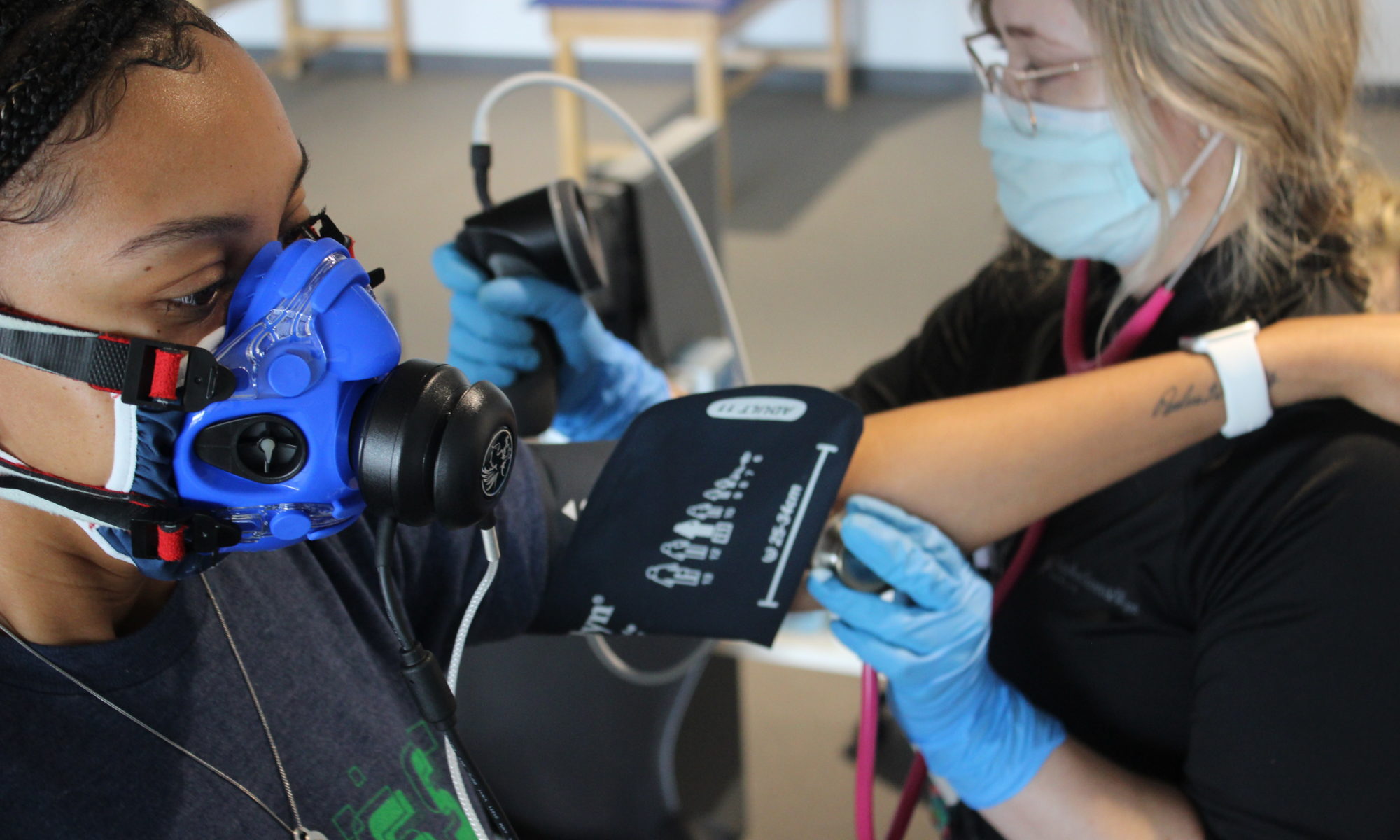Masks are recognized as important tools in the fight against the COVID-19 pandemic. To save medical-grade masks for hospital personnel, people have adopted reusable cloth masks for everyday use. Researchers have studied the efficacy of mask use, but what about the effects of wearing a cloth face mask on sports performance? A new study by Baylor Scott & White Research Institute (BSWRI) has now shed light on the matter. The research team at Baylor Scott & White Sports Therapy & Research at The Star in Frisco, conducted a study on the effects of cloth mask use during exercise. Their work, which shows that cloth masks reduce exercise performance at a range of intensities, was published in the British Journal of Sports Medicine last month.
Simon Driver, PhD, Research Center Director at The Star in Frisco and lead author, describes the motivation behind the new study. “We are always looking for new opportunities to conduct innovative research in sports therapy and sports performance. There is a lot of anecdotal evidence on how it feels to wear a mask while exercising, but we wanted to collect objective physiological data.” Also, most existing mask studies have focused on N95 or surgical masks, which need to be kept dry to maintain integrity, limiting their use for intense sports. The washable cloth masks used by the public have not been studied in the context of metabolic performance during exercise.
To design the study, the researchers relied on well-established methods from the physiology literature. They used a graded treadmill test to evaluate exercise performance at progressively increasing intensities in 31 young, healthy individuals (mean age of 23 years, 55% male). The study used a cross-over design, meaning that each participant was tested once while wearing a two-layer polyester/elastane cloth mask and once with no mask, with approximately 8 days between tests. Participants were asked to wear a portable metabolic assessment unit to record respiratory and cardiac parameters during and after the test.
The team found that participants reached exhaustion more quickly and showed up to a ~30 percent reduction in the oxygen consumption rate, measured as VO2, during exercise. Dr. Driver says, “People are working harder, breathing harder, and getting less oxygen around their bodies. So, they are not able to meet the metabolic demands of exercise as easily, causing them to fatigue quicker. The differences were significant at every stage of the test.” Of note, although people have sometimes reported feeling that masks cause them to breathe their own CO2, the study confirmed that this was not the case: CO2 levels remained the same throughout the tests.
The study also included a seven-minute recovery period, during which all the participants fully recovered. Dr. Driver says, “We saw no residual impact of mask wearing during maximal exercise. The differences were only seen during exercise.”
Megan Reynolds, MS, research associate and study author, points out that this study can help organizations interpret guidelines from governmental authorities. “During mandatory mask orders, officials have asked athletes to come to practice wearing masks. But there was no evidence showing it was safe, from a physiological perspective, to do so. We want to be sure all of our athletes are getting the best information about how to practice effectively.” The researchers hope their new information will guide coaches in adjusting sports practice regimens to meet the metabolic needs of masked athletes.
View an infographic of our study findings.
Looking toward the future, the research team is excited to dig deeper into the physiology of why masks reduce exercise performance and their impact on cognitive performance. They are also looking forward to asking similar questions in real-world settings. Real-world testing has become possible through technological innovations, which have made the metabolic assessment equipment portable and able to fit in a small backpack that can be taken anywhere. “In this study, we used a treadmill test to compare our results to the existing literature. Now, we can move on and test physiological performance in a range of environments, including while playing different sports as well as in occupational settings and schools.”
This study was funded by the Baylor Scott & White Foundation.



